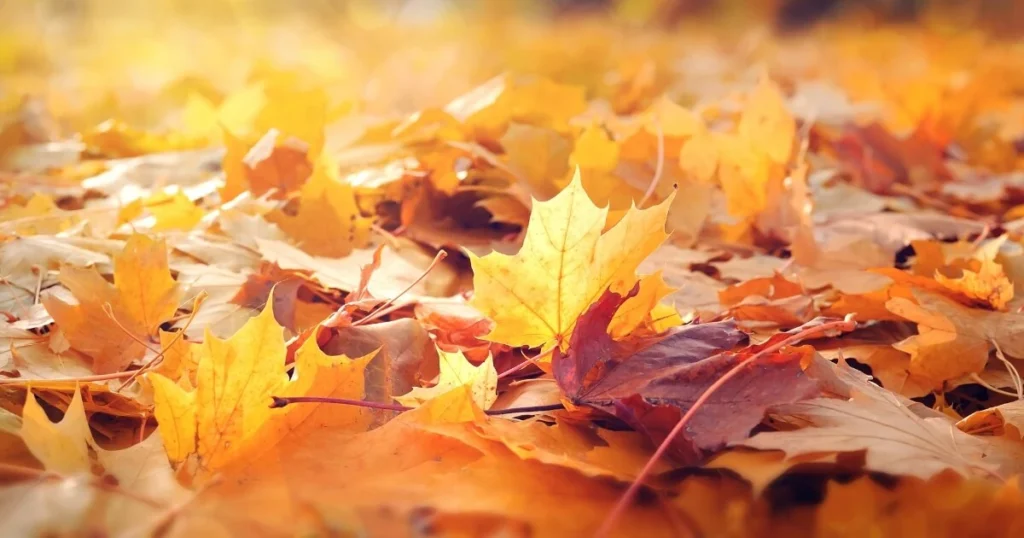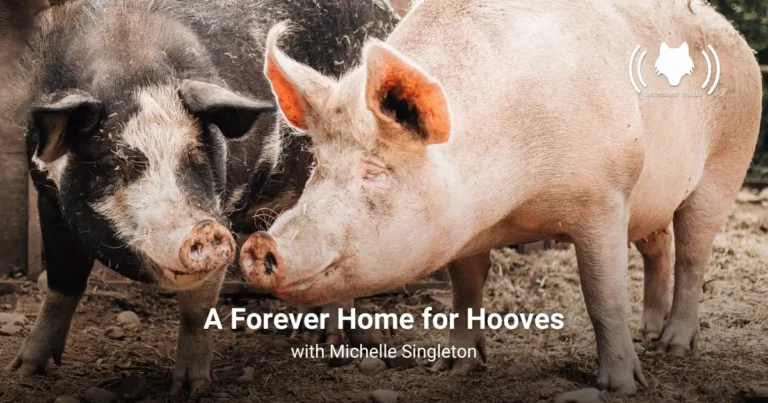
Campaigns to “leave the leaves” in autumn are in full swing, reminding residents to allow fallen leaves to stay in place, providing numerous ecological benefits.
The Fur-Bearers are huge supporters of this notion, as fallen leaves provide important nutrient cycling to soil, create temporary winter habitat for many species of insects, and offers material that can be used as food, bedding, or nesting material by other animals.
Leaving the leaves isn’t as simple as ignoring them, however. There are a few issues that you should be aware of, and ways to make use of leaves if your yard is overflowing.
- Wastewater blockages. Particularly in suburban and urban regions, municipal wastewater systems can be blocked or overwhelmed by dead leaves. Check sewer grates adjacent to your property to ensure they’re clear and rake away any leaves that may have started collecting.
- Disease spreading. Specific fungal diseases like maple tar spot or powdery mildew can survive in leaf piles over winter, ready to re-infect plants come spring. Remove these leaves from the ground and dispose of them with appropriate municipal waste or use in a hot compost.
- Frustrated neighbours. Like it or not, some folks just don’t like to see leaves on their yard, and an excessive volume of decomposing leaves can damage grass lawns. To prevent conflict with neighbours, we first recommend a bit of compassionate education (like sharing this blog!), and you can always remove extra leaves from your yard (or theirs) to use in one of our solutions.
How to Use Fallen Leaves
Do you have a lot of leaves but not enough space to put them? Here’s a few ways to make use of those leaves that are overflowing:
- Free mulch! Take some of those leaves and put them on top of vegetable beds, gardens, or other areas where mulching and nutrients can be helpful. The leaves will help protect soil (and all life within) from erosion. As they break down, the nutrients will move into the soil, adding free fertilizer by spring.
- Free compost! If you’re an avid composter, you may already know that leaves can be a great addition to any style of composting. As the leaves break down within the compost, they add all kinds of beneficial nutrients and organic matter that can turn into rich, fertile compost that helps plants of all types grow. Remember to shred leaves first to help them breakdown faster.
- Spread it around! Deciduous shade trees like maples, oaks, and locusts drop a lot of leaves – but typically right around where they’re rooted. If you have greenspace around your home or property, consider raking some of the leaves from under the tree to other open areas. This will provide mulching and nutrient benefits, and ensure that one good gust (or golden retriever) won’t send your leaves scattering through the neighbourhood.
No matter how you leave your leaves, the local ecosystem and everyone within it will thank you! Send your pictures of how you use leaves to better the environment to us at info@TheFurBearers.com or tag us on Instagram, Facebook, LinkedIn, Twitter, or YouTube (click the title for the link).
